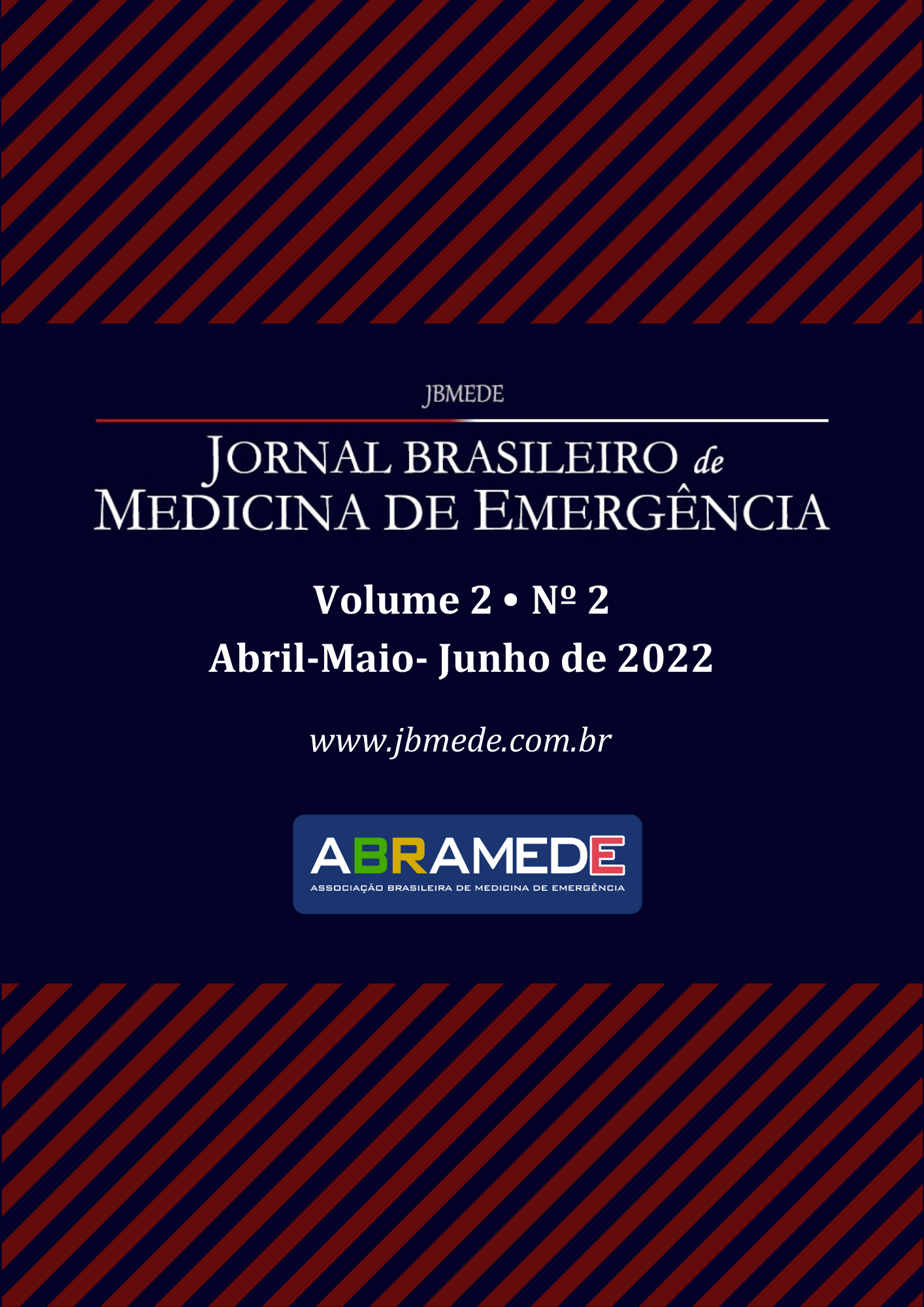Hemichorea as the first manifestation of Type 2 Diabetes Mellitus: a Case Report
Main Article Content
Abstract
Introduction: The development of dyskinetic movements in hyperglycemic states is a rare condition, and nonketotic hyperglycemia is an uncommon cause of hemichorea. The presence of these involuntary and abnormal movements as the first presentation of diabetes mellitus (DM) has been poorly described in the literature. Case report: A 53-year-old female patient arrives at the emergency department (ED) presenting an involuntary movement in the left upper limb that had been going on for three days. Conclusion: This case report alerts the medical community to pay close attention to this disorder and addresses the need for further studies to guide its treatment accordingly.
Article Details

This work is licensed under a Creative Commons Attribution 4.0 International License.
References
Fatima M, Iqbal M, Abbas S, et al. A Rare Case of Hyperglycemic-Hemichorea in a Young Patient. Cureus. 2020;12(6):e8483.
Zétola VF; Verschoor B; Lima FM, et al. Hemibalismo-hemicoreia em estado hiperglicêmico não cetótico: distúrbio do movimento associado ao diabetes melito. Arquivos Brasileiros de Endocrinologia & Metabologia. 2010,54(3):335–338.
Galloway KY, Younus O, Quattrocchi G, et al. Diabetes and neurology: hemichorea-hemiballism in hyperglycemia. Clin Med (Lond). 2020;20(Suppl 2):s21-s22.
Chua CB, Sun CK, Hsu CW, et al. “Diabetic striatopathy”: clinical presentations, controversy, pathogenesis, treatments, and outcomes. Sci Rep. 2020,(10):1594.
Nunes RFF, Souza MA, Pereira WO, et al. Hemibalism-Hemicorrhea as the initial manifestation of type 2 Diabetes Mellitus: case description. Rev. Fac. Ciênc. Méd. Sorocaba. 2014,16,1:43-45.
Oh SH, Lee KY, Im JH, et al. Chorea associated with non-ketotic hyperglycemia and hyperintensity basal ganglia lesion on T1-weighted brain MRI study: a meta-analysis of 53 cases including 4 present cases. J Neurol Sci. 2002;20:57-62.

